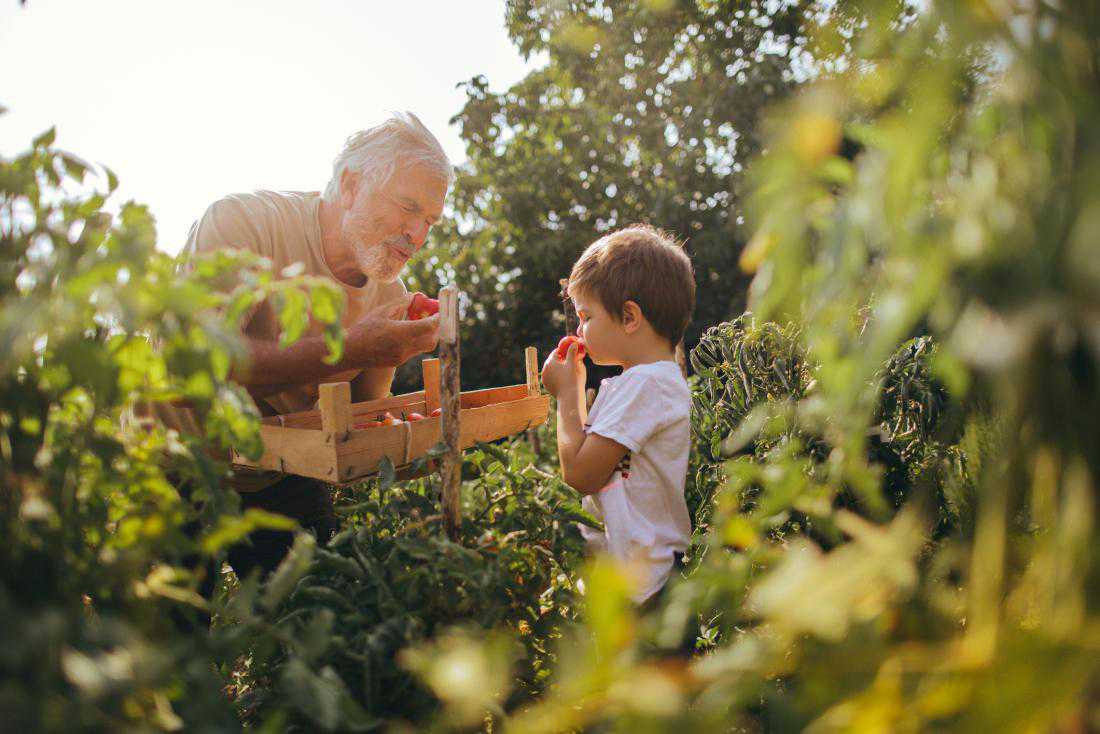Do your surroundings affect your taste? Virtual reality answers
17 October, 2018

What we taste is intertwined not just with what we smell, but also with other sensory inputs. What we can see, in particular, may alter how we perceive the flavor of food — at least this is what a range of experiments using virtual reality settings have shown.
Our sense of taste rules many of our dietary choices, as we tend to pick foods that we enjoy over ones that hold less of an appeal.
More importantly, what we taste sends essential signals to our brains, alerting us immediately if food has gone off.
Taste is crucial to how we make our way through life, and throughout history, it has helped keep the human race alive. However, many different factors can influence our perception of the same culinary flavors.
According to a new study conducted by researchers from Cornell University in Ithaca, NY, what we taste when we eat is significantly influenced by where we are when we have our meals.
"When we eat, we perceive not only just the taste and aroma of foods; we get sensory input from our surroundings — our eyes, ears, even our memories about surroundings."
-Robin Dando, senior author
The team's findings have recently appeared in the Journal of Food Science.
Taste perception not set in stone
To test how an individual's surroundings can alter their perception of taste, the researchers asked about 50 people to participate in a virtual reality experiment.
Through virtual reality headsets, each participant experienced, by turns, three different environments: a sensory booth, a park bench, and a cow barn.
In each of these visual contexts, the participants ate a sample of blue cheese — all identical. Then, the researchers asked them to rate how much they enjoyed their cheese sample in each context, and to assess its saltiness and pungency in each case.
Sure enough, the virtual reality setting influenced the participants' taste perceptions. When they ate the cheese sample while they were "in the cow barn," they rated the food as more pungent than in the other settings.
"We consume foods in surroundings that can spill over into our perceptions of the food," Dando says.
This study also provides another useful finding, namely that scientists can easily and inexpensively adapt virtual reality technology for use in food sensory evaluation, which is a top method of analysis in the field of sensory science.
TAG(s):
